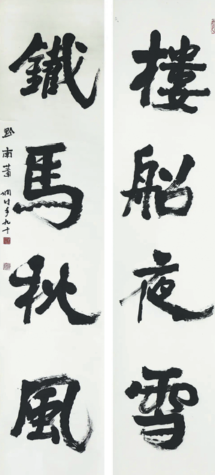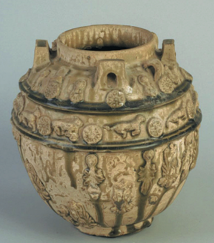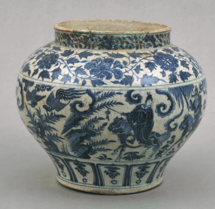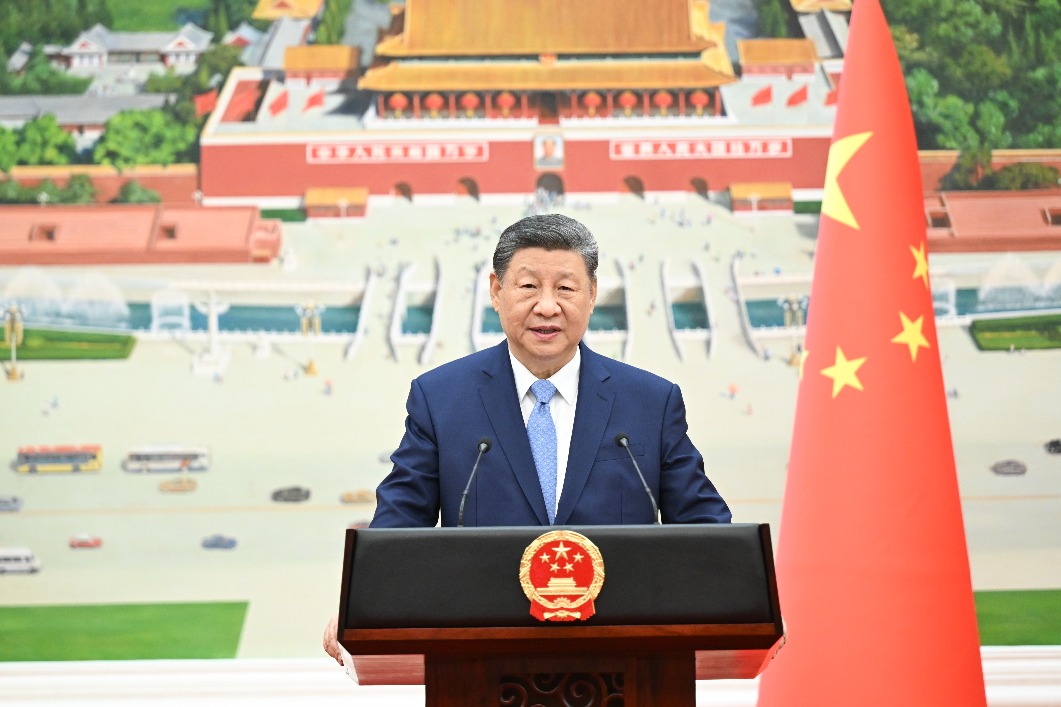What's on

Woman of calligraphy
Born in 1902, Xiao Xian was the only woman among the four sage calligraphers rising from the cultural circles in East China's Jiangsu province. At age 20, her artistic gift won the recognition of Kang Youwei (1858-1927), the prominent thinker and reformer who was also a noted calligrapher. He spoke highly of Xiao's talent in a poem, saying her ability in writing was remarkable and unrivaled. Xiao later pursued studies of calligraphy under Kang's tutorship. And she invested much time and effort in studying archaic scripts, including shiguwen, or the script carved on drumlike stones of over 2,000 years old, and the script on sanshipan, a bronze plate made in the late Western Zhou Dynasty (c.11th century-771 BC). She traveled extensively before settling down in Nanjing, Jiangsu, and her diverse life experiences and broad vision rendered her work a vision of width and depth. Writing the Heart and Mind, a long-term exhibition, is being held at Jiangsu Art Museum to commemorate the 120th anniversary of Xiao's birth this year. On show are over 130 calligraphy pieces to survey the progress of Xiao's writing, as well as her devotion to the calligraphy tradition, an integral part of Chinese art.
9 am-5 pm, closed on Mondays. 333 Changjiang Road, Xuanwu district, Nanjing, Jiangsu province.025-8961-0810.
Show on donation
In his famous work Cha Jing (The Classic of Tea), Lu Yu, hailed the sage of tea from the Tang Dynasty (618-907), mentioned the yellow-glazed tea sets produced at Shouzhou kiln. The kiln site is in Huainan, East China's Anhui province, that once fired ceramics coated with primarily yellow, grayish-green and black glazes. The heyday of production at the kiln was in the Sui (581-618) and Tang dynasties. A Shouzhou kiln-made jar is now on show at a donation exhibition at Anhui Museum in Hefei, the provincial capital. It was donated by Xu Chuanxian (1920-2001), an official and avid collector who donated objects of various kinds to museums in his lifetime. The exhibition shows over 130 artworks that have been donated to Anhui Museum by generous collectors like Xu, including ceramics, paintings and calligraphy works, and bronze and lacquer ware. The exhibition ends on Feb 5.
9 am-5 pm, closed on Mondays. 268 Anqing Road, Hefei, Anhui province. 0551-6282-0945.
Glaze and glamour
Ceramics are one of the finest examples of how ancient Chinese used the best of clay and glaze to present supreme craftsmanship. The variety of shapes, motifs and colorful glazes that have been invented in history embody an eruption of creativity and rich cultural symbolism, making ceramics a synonym for the country in history. The Museum of Guangxi Zhuang Autonomous Region in Nanning is showing over 200 ceramics in its collection at a permanent exhibition, Glamorous Glazes. It features objects from famous kilns centuries back, such as the Jun kiln in Henan province, Longquan kiln in Zhejiang province, and Jian and Dehua kilns in Fujian province. On show is an elaborately patterned jar of qinghua (blue-and-white) porcelain from the Yuan Dynasty (1271-1368). Yuan qinghua porcelain is among the best-known and most sought-after Chinese artworks in the world, often fetching high prices at auctions. The artwork (pictured above), found in Guangxi in 1980, is depicted with elegant twining peonies and a vivid scene of Yuchi Gong, a general, saving Li Shimin, the second emperor of the Tang Dynasty (618-907). The exhibition is one of several shows in a new building at the museum which opened to the public in late November.
9 am-5 pm, closed on Mondays. 34 Minzu Avenue, Nanning, Guangxi Zhuang autonomous region.0771-270-7027.



Today's Top News
- China sees over 33.7 billion inter-regional trips in H1
- BRICS justifiably calls for IMF reforms
- Xi receives credentials of new ambassadors to China
- Sino-US trade talks key to global supply chain
- Medical insurance covers 95% citizens
- Great opportunities mark 50th anniversary






























